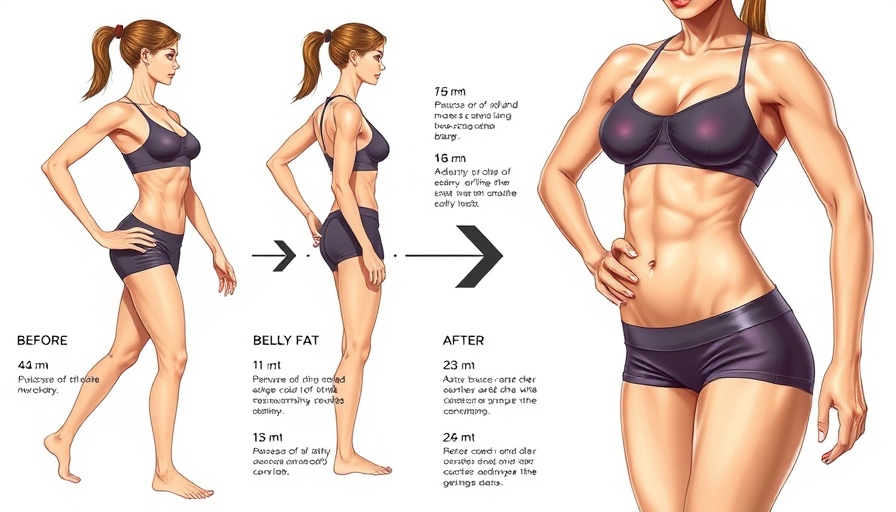
Unlocking Mobility: The Science Behind PNF Stretching
Proprioceptive Neuromuscular Facilitation, or PNF stretching, is revolutionizing the fitness landscape, creating buzz among gym owners and trainers alike. Originally designed to aid rehabilitation for patients with neurological disorders, PNF has now emerged as an essential technique for athletes and fitness enthusiasts striving to enhance flexibility and range of motion.
What is PNF Stretching?
PNF stretching is a sophisticated method that employs a unique interplay of contraction and relaxation to boost muscle flexibility and strength. The process involves initially stretching a muscle, then contracting it, and followed by a deeper stretch. This concept, rooted in neurophysiology, harnesses the body's reflexes to yield noticeable improvements in flexibility and strength. Developed in the 1940s, today's fitness experts advocate for PNF as a key component in regimens aimed at maximizing mobility and performance.
The Mechanisms at Play
Understanding how PNF works can empower trainers to implement this technique effectively in their practice. The principle of "autogenic inhibition" is central to this process. When a muscle is contracted, it sends a signal to relax, aided by sensory receptors known as Golgi tendon organs. This facilitates a more profound stretch because the muscle instinctively eases tension post-contraction, enhancing flexibility more rapidly than traditional static or dynamic stretching methods.
Comparative Insights: Other Stretching Techniques
While static and dynamic stretching are widely known, PNF dramatically stands out in terms of efficacy. Static stretching involves holding a position to elongate the muscle, whereas dynamic stretching incorporates movement (think high knees) to increase blood flow and prepare the body for physical activity. In contrast, PNF incorporates both methods, elevating muscle engagement and thus effectiveness. Research has shown that PNF stretching can lead to greater ROM—including significant improvements in hamstring flexibility—more swiftly than either traditional method.
Benefits of Incorporating PNF Stretching
The advantages of PNF are compelling, particularly for up-and-coming trainers looking to elevate their clients' performance. Studies indicate that athletes utilizing PNF stretching techniques can experience improved speed and agility, reduced risk of injury, and quicker recovery times. Furthermore, regular practice of PNF stretching can lead to noticeable muscle strength gains, with evidence suggesting enhancements in vertical jump performance over just a few weeks of dedicated practice.
Potential Risks: Practicing With Caution
Despite its benefits, trainers must exercise caution when implementing PNF stretching. Without proper guidance, individuals risk injury, particularly if they have pre-existing conditions or are new to stretching. Therefore, it’s essential to advise clients to work with certified professionals skilled in PNF techniques. An awareness of personal fitness levels and health status is vital to ensure safe practices.
Real-World Applications for Fitness Trainers
For fitness trainers and gym owners, integrating PNF into their training arsenal can create a significant competitive edge. By offering PNF stretching sessions or clearly articulating its advantages in client education, trainers can enhance their clients' mobility, recovery, and overall performance. This could also foster loyalty and attract clientele keen on serious fitness advancements.
Conclusion: Why PNF Matters in Your Fitness Journey
As the fitness industry evolves, innovative methods like PNF stretching continue to play a pivotal role in how we approach mobility and fitness performance. For trainers, understanding and using PNF can not only enhance their teaching methods but fundamentally improve the outcomes for their clients. Ready to take your clients' performance to the next level? Consider incorporating PNF techniques into your training routines today. Knowledge truly is power in this ever-evolving fitness landscape.
 Add Row
Add Row  Add
Add 




Write A Comment